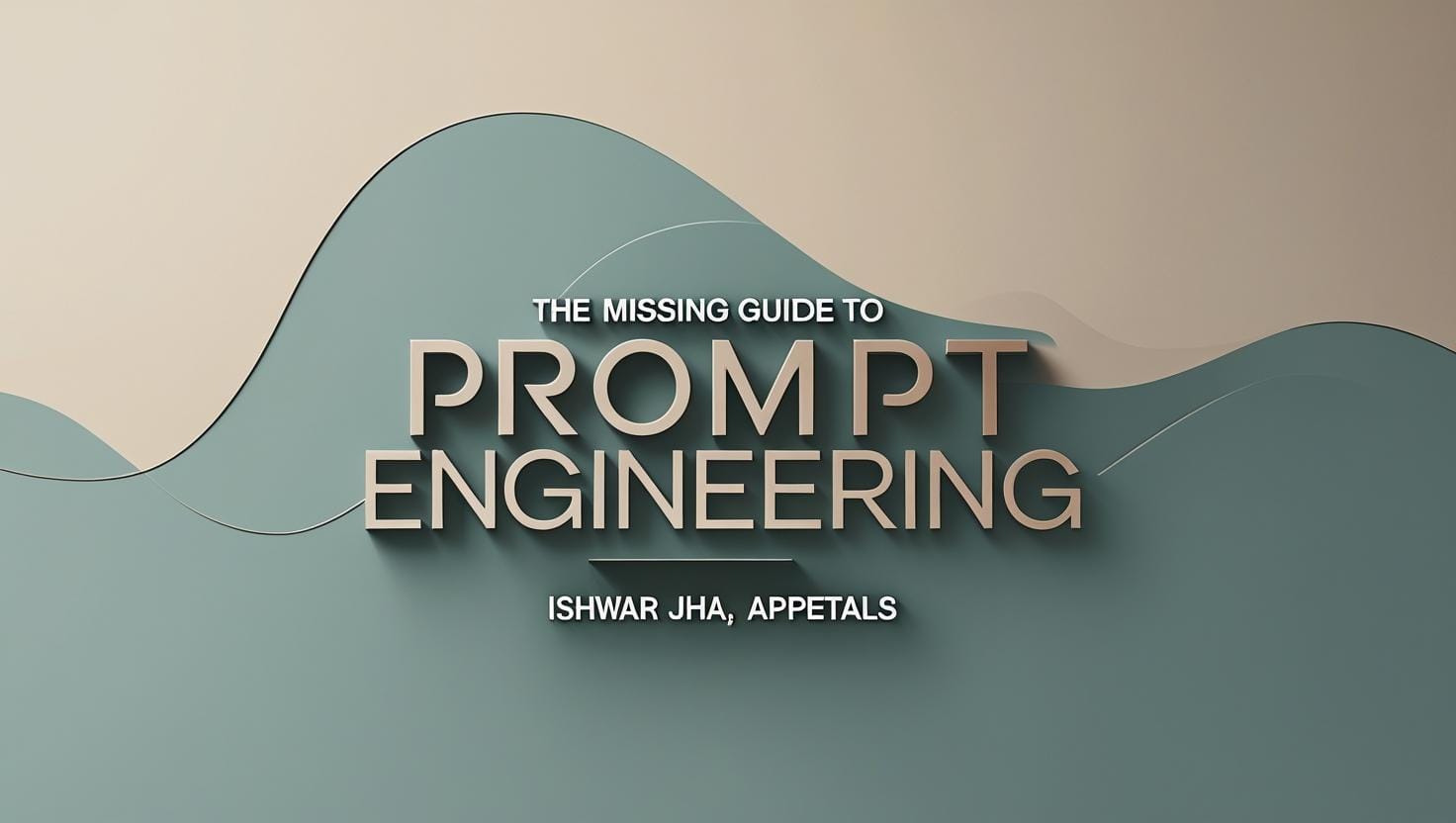The Missing Guide to Prompt Engineering
Discover the Missing Guide to Prompt Engineering: practical frameworks to craft effective AI prompts, dodge common pitfalls, and future-proof your workflow.

Introduction
In this technological transition, a peculiar form of communication exists. It is not quite human or machine, but something in between.
You've likely experienced it without recognising its nature. That moment when you type words into Generative AI platforms such as ChatGPT, Claude, Gemini, Perplexity, or Grok and receive something unexpectedly brilliant. Or frustratingly obtuse. More often than you might imagine, the difference lies not in the machine's capabilities but in the quality of your conversation with it.
This is prompt engineering. Though the term suggests something mechanical, something reducible to formulas and best practices, the reality proves more nuanced—perhaps more human—than we'd care to admit.
Consider this: many studies reveal that poorly crafted prompts using unclear language, insufficient context, complex responses, and lack of specificity can reduce AI performance to near zero, resulting in inaccurate information, irrelevant responses, waste of resources, and reduced user confidence, while thoughtfully constructed ones can achieve accuracy rates approaching ninety percent. The gap between failure and success often hinges on nothing more than how clearly you've learned to speak to a mind that thinks in patterns you'll never fully comprehend.
Reid Hoffman captured something essential when he observed that we might be using only three to five percent of our brains when it comes to extracting value from AI. The metaphor feels apt. We stand at the threshold of a new form of literacy, one that requires us to understand not just what we want to say, but how to say it to an intelligence that processes language in ways both familiar and alien. What if you're using AI wrong?
That's not an insult. It's just reality. Most people treat ChatGPT, Claude, or Gemini like a search engine with a personality. They type whatever comes to mind and hope for the best. Sometimes it works. Often it doesn't.
This Missing Guide to Prompt Engineering changes that. You'll learn to communicate with AI like a pro, not like someone shouting into the void.
Why This Matters More Than Ever
Prompt engineering isn't going anywhere. People keep saying it's dead, that the next model will make it obsolete. They said the same thing about ChatGPT 4, then Claude, then Gemini Pro. Even though the AI models are becoming more powerful each day, a poorly prompted AI response could hinder your ability to get the right results.
Two Worlds of Prompting
There are two types of prompt engineering.
Most of us use Conversational Prompting every day. When you chat with GPT, it gives a mediocre answer. You say, "Make it more formal," and it improves. This back-and-forth works fine for casual use.
Product prompting is different. It's the single, perfect prompt that powers business applications. Think about the prompt behind code generation, content generation, customer services, product development, video generation or meeting summaries.
Product prompting demands precision from the first word. Here, a single prompt must handle thousands of inputs, maintain consistency across varied scenarios, and produce reliable results without human intervention. This is the domain of applications that power businesses, where failure isn't just inconvenient but potentially catastrophic.
This Missing Guide to Prompt Engineering covers both, but we'll delve deeper into product prompting. Over the years, we have experimented with product prompting to convert dozens of ideas to achieve exemplary results. That's where the real value lives.
This guide will teach you to navigate both territories of human-AI communication. You'll learn techniques that most people have never encountered, methods for making AI reason step by step, check its own work, and produce outputs that match your exact specifications. You'll understand how different AI models respond to different approaches, how to optimise for specific use cases, and how to measure and improve your results over time.
More importantly, you'll develop an intuition for this new form of communication. You'll begin to think like someone who understands that AI isn't just a tool but a collaborator, one that requires patience, precision, and a willingness to learn its particular language.
The conversation between humans and AI has only just begun. This Missing Guide to Prompt Engineering teaches you how to make it meaningful and become relevant in the future, driven by AI.